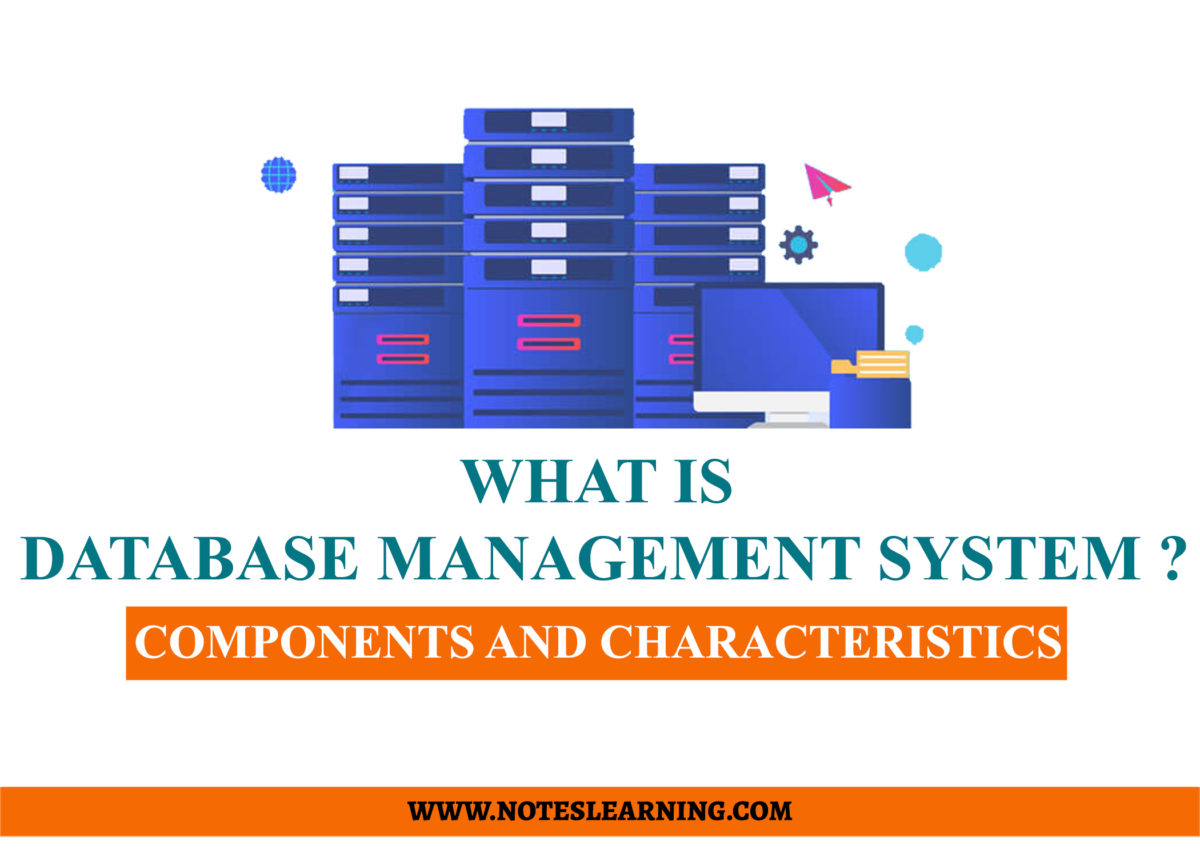Introduction to Database Management System
To understand Database Management System (DBMS), we must understand the term ‘database’. A database is a structured set of data in a system. Databases support electronic storage and manipulation of data. Databases make database management easier.
- Order Management System in a restaurant
- Railway Reservation System
- Mobile Service Provider Database
- Mobile Application Database
- Grocery Store Membership Database
- Banking System Database
All these above systems are some of the real life examples of databases. A Database Management System (DBMS) is a computer system that manages data in a database. The primary goal of a database management system is to facilitate the process of storing and retrieving data information in an efficient and convenient manner. DBMS is generally designed to manage and handle large amounts of information.
A DBMS not only manages and stores the information but also provides a system to manipulate the information.
Components of Database Management System
A system consists of various components which work together for a common purpose. A database management system also consists of some components. All the components in a system serve an important purpose and perform very significant tasks inside that system. The components of database management system are:
Hardware
It is the visible part of any system. It includes all the equipment or physical parts attached or connected in a system. Hardware provides a physical form to a system. It is a workstation for the operators. Hardware can be a monitor mouse, printer, scanner, pen drive, router, cables, servers etc.
Software
Software is a program or a set of programs that runs the system. It includes database software, operating system, drivers, network software etc. Software is a capable factor which controls everything.
Data
Data is the input in the system. This is also the raw material form which information is generated. Data in a database includes structured data, non-structured data and logical data. It is also the main component of the database management system.
Procedure
Procedure means the instruction to use the data and information in the database management system. This includes the way the database management system is operated. This includes, data selection, data validation, authorization, direction, access control, traffic management etc.
Language
This is a technical component of the database management system. It is the language which the system understands. Database language is the language which users use to fulfill the queries and request for information. It is the language which assists in creating new databases, tables, insert and delete data etc. There are two types of languages:
- Data Definition Language (DDL) : Physical, Logical and External
- Data Manipulation Language (DML) : Retrieve, Modify, Insert and Delete
People
People are the human factor of a database system. They are individuals who control and manage the database. They are responsible for operating all the functions i.e. hardware and software and managing the data (input, processing and output). For a database management system there are three human factors:
- Database Administrator
- Software Developer
- End User
Characteristics of Database Management System
A system can have various characteristics based on how that system is developed. Similarly, there can be multiple characteristics of a database management system. Some of the basic and most prevalent characteristics of database management system are:
- A DBMS is a realistic and present real time information. It is designed to ease, manage, solve or cater the real requirement or problem of the businesses. A DBMS allows to record, manage and manipulate the data in an efficient and effective manner as per the need of the business.
- A DBMS presents a relational overview. This means, such a system provides consolidated information from the data. This lets businesses to locate and access particular values in the database and relate to different scenarios. Such a system associates a simple value (input) to all the related functional queries which makes analysis easier and decision making effective.
- A database management system supports various types of data i.e. binary, word, string, dates, mathematical equations etc. We can say that, database can store any kind of data that exists in a structured way.
- The DBMS can be easily accessible. Authorized multiple users can access the data from the DBMS. DBMS is integrated and all the business functions, department, category and other authorized stakeholder can have access to the database. Also, in such a system, one can customize the accessibility and authority of the users.
- DBMS has ACID properties. ACID stands for Atomicity, Consistency, Isolation, and Durability. This means, the data and function in DBMS are consistent, safe, trackable, precise and durable. Such systems maintain a secure ecosystem against any transactional or operational failure.
- Such systems are developed to maintain and safeguard the data. Hence, it has a high level of data security and integrity. Developers can manage different levels of security in a database and authorization. Such careful development makes such a system less vulnerable.
- Another common characteristic is ‘backup and recovery’. DBMS has a well designed backup system that helps users to avoid the damage. This system backups and restores the system automatically.
References

